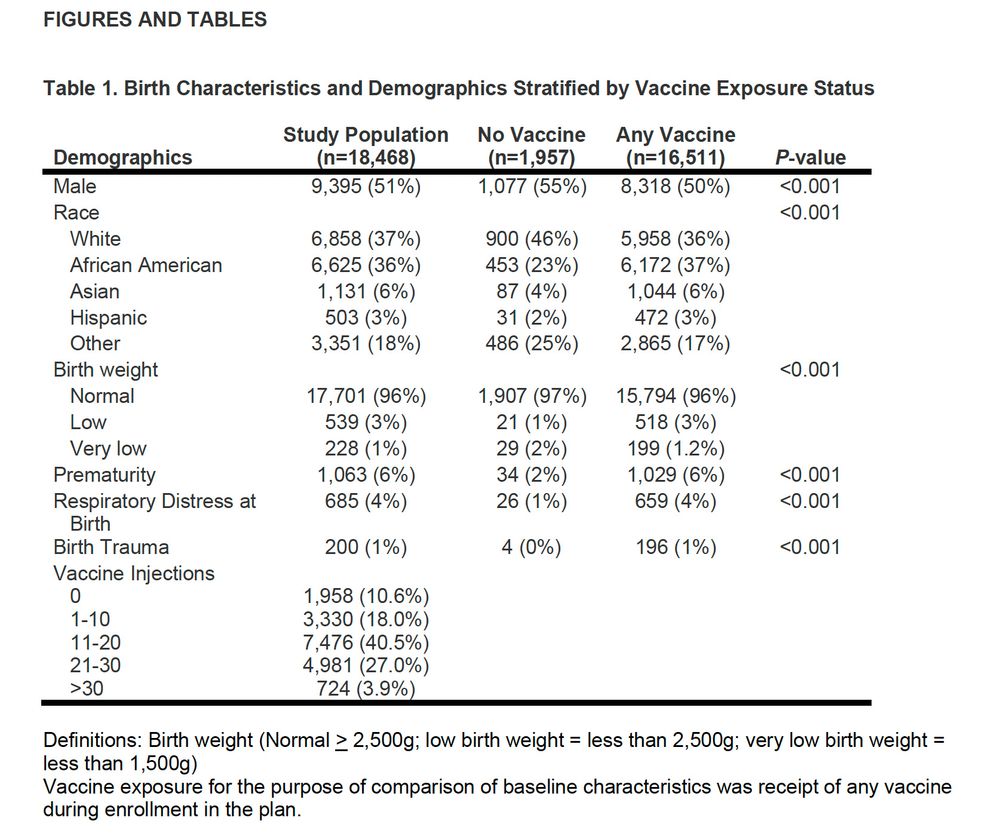Prof Jeffrey S Morris
@jsm2334.bsky.social
100K followers
42 following
550 posts
George S Pepper Professor of Public Health & Preventative Medicine; Biostats, Stats & Data Science, Lifelong learner & truth seeker; Views my own & not employer’s
Posts
Media
Videos
Starter Packs





